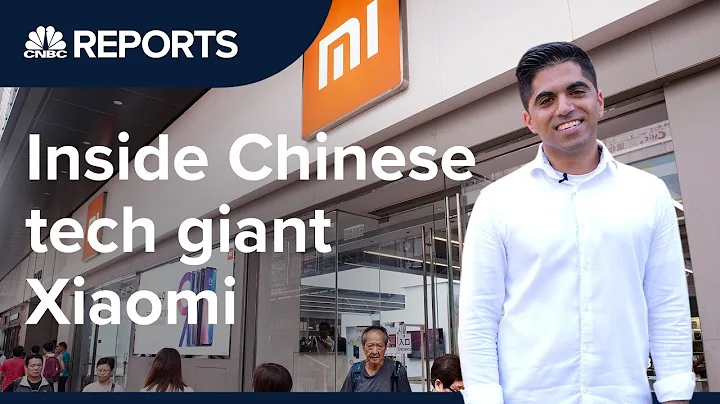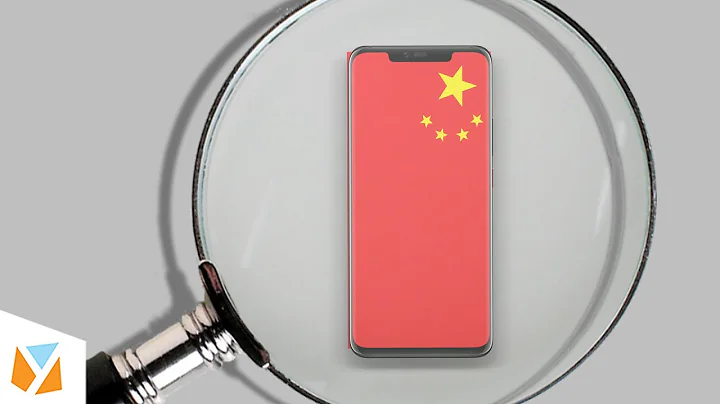According to news from Nikkei Chinese website on July 5, Chinese smartphone company Xiaomi has started producing smartphones in Vietnam , which will be produced by the Hong Kong Guanghong Technology OEM factory. The overall factory covers an area of approximately 200,000 square meters, with an investment of approximately US$80 million (approximately RMB 537 million).
So the question is, why should Xiaomi learn from Samsung and Apple and build a factory in Vietnam?

As we all know, in 2017, Samsung began to invest US$2.5 billion to build a factory in Vietnam. The factory mainly produces OLED screens for Apple. At the same time, Vietnam also provides various preferential policies for this project.
Since 2018, Apple has begun to shift its industrial chain from China. Foxconn , led by Apple, has also begun to gradually transfer its foundries to India and Vietnam.
Beginning in 2019, Apple led Foxconn to increase investment in Vietnam; in 2020, at the request of Apple, Foxconn planned to invest another US$1 billion to expand the Apple mobile phone foundry in India. Foxconn President Terry Gou even announced that all future investments of Foxconn will focus on Southeast Asia, especially India and Vietnam.

Data shows that Apple currently has 31 factories in Vietnam with 160,000 workers producing and assembling electronic parts and equipment for Apple.
When Apple originally moved its foundry to Southeast Asia, the reasons were obviously inseparable from these two points.
First, when Apple came to develop in mainland China, it was interested in my country's huge population base and low-cost labor force. However, as the domestic economy took off and labor costs increased, the profits of Apple's foundry Foxconn were naturally lower than It was much lower before. In this case, India, which has a large population base and Vietnam, which has a low labor force, has become Apple's target for transferring its foundry.
Second, in order to promote the development of local manufacturing industries, Southeast Asian regions such as Vietnam and India provide tax and other preferential treatment to companies that build production in the country. In order to reduce costs and gain support from local consumers, Apple can say that it will bring Foxconn is sparing no effort to build factories in Southeast Asia.

The news about Xiaomi’s establishment of a factory in Vietnam is actually similar to Apple’s considerations. A Xiaomi spokesperson also confirmed this on July 6. Xiaomi said: The Vietnam factory has been completed and put into production in June 2021. In June this year, the Xiaomi mobile phone produced by Vietnam OEM began to be sold. Xiaomi’s spokesperson also emphasized that Xiaomi has a global supply chain, but for Xiaomi, the most important thing has always been the domestic supply chain.
In fact, Xiaomi has entered the Southeast Asian market many years ago. Currently, Xiaomi is the second largest manufacturer in Vietnam in terms of shipments, second only to Samsung.
Most Xiaomi mobile phones are at the mid- to low-end level, with the average price generally being more than 1,000. Since the average price of mobile phones is low, profits are naturally relatively low. Behind the rapid improvement of the domestic economy is the rise of the labor force, and labor costs have become higher. Vietnam has a population of over 100 million, large market demand, and low labor costs. In order to reduce costs and gain more profits, Xiaomi chose to transfer its foundry to It should be a routine operation in Vietnam.
In addition, due to the epidemic, the global supply chain has been disrupted. It is too risky to concentrate the production base in one area. Distribute the production base to reduce the risk. From Xiaomi's perspective, if Xiaomi wants to become an international company, it will definitely consider diversified development strategies.

Of course, it is not necessarily a good thing for technology companies such as Samsung, Apple and Xiaomi to invest and build factories in Vietnam.
After Apple moved its foundries to India and Vietnam, it soon returned to China with a large number of orders. One of the reasons is that although Vietnam and India have large population bases and low labor costs, management is difficult. It is very difficult to get these workers to obey discipline and work hard.
Secondly, for Vietnam, the country has always wanted to develop its own high technology. If it continues to rely on foreign companies, it will not be very beneficial to the development of local Vietnamese companies.
Vietnam is now attracting investment from foreign companies with various preferential conditions. Who can guarantee that when Vietnam’s economy develops, it will suppress these foreign companies for various reasons?





















